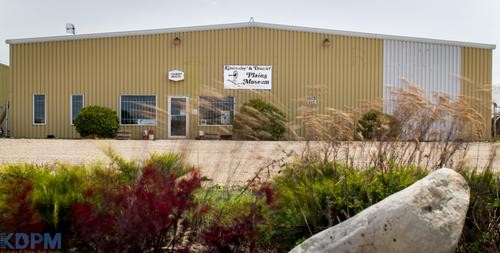
Timing Hay Harvest for Desired Feed Quality
Deciding when to cut hay is the most significant decision you can make that affects feed quality. The first step is to know the types of animals and how much feed you will require. Weaned calves require much higher-quality forage than mature beef cows, but they also require a lot lower quantity per head. Producing higher-quality forage that can supplement lower-quality feedstuffs such as straw, may be more economically sustainable than producing a slightly greater volume of adequate-quality hay to feed mature cows.
Alfalfa hay quality has been widely studied and predictive equations for alfalfa quality (PEAQ) have been developed. Using a combination of the vegetative stage and main stem length, relative feed value (RFV) can be predicted. Staging an alfalfa field using the PEAQ factors, allows an educated guess as to what the resulting forage quality will be at cutting. Deduct an additional 20 points of feed value lost due to dry down and mechanical losses and you have estimated the RFV of the final product. This information works well on straight alfalfa hay, but a lot of hay is a combination of alfalfa and grass. Depending on the species of grass and growing conditions, the mixed grass may be of better quality, but more often, it is of lower quality than what is predicted by staging the alfalfa—experience suggests you should subtract another 10 to 20 points.
Another major factor to consider is the amount of time it will take to cut your forage acres – the hay crop continues to mature while you are cutting. If you have 640 acres of hay to harvest, and your cutting capacity is 80 acres a day, then it will take eight days to complete cutting. During the long daylight hours of mid- to late-June, forage maturity advances very quickly and a decline of 10 points per day of RFV is possible, though losses of five points RFV per day are more likely as the plant reaches maturity. In this example, commencing hay harvest at a target of 170 RFV means the hay cut on the final day is likely to have a RFV 110 to 130, assuming there are no breakdowns or weather interruptions.
Higher-quality forage can be used to supplement lower-quality forages. If adequate forage quality is the target at the start of cutting, significant amounts of low-quality forage will be produced requiring supplementation with concentrates such as barley or canola meal. When it comes to making hay from perennial forage, the quality is never better than on the day it is cut.
For more information contact your local livestock and feed extension specialist or call the Agriculture Knowledge Centre at 1-866-457-2377.








































